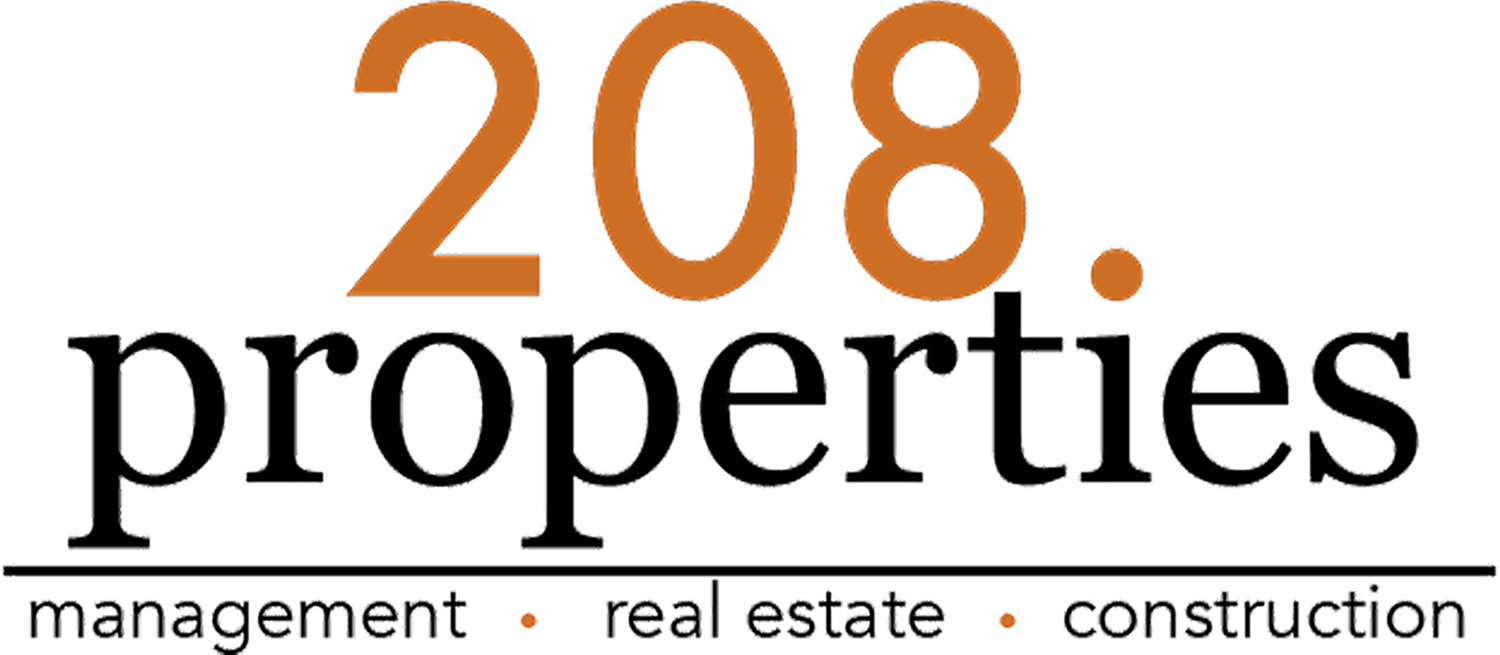Investing in real estate can be a lucrative venture, but not every property is created equal. Whether you're flipping for a quick return or seeking long-term rental profits to build your portfolio, finding the right investment property requires careful consideration and strategic planning.
In this guide, we'll walk you through the steps to ensure that your investment property aligns with your financial goals and sets you on a path to success.
Find the Right Financing
Determining the need for financing is the first step in your real estate investment journey. While some investors might opt for cash purchases, financing can reduce risk but also impact overall revenues.
Assess your access to resources, consider options like a 1031 exchange, and weigh the benefits of paying upfront against the potential for building a larger portfolio over time. Strategic financing can lead to substantial returns, especially over a more extended investment horizon.
Find the Right Purchase Price
The 1% rule is a valuable tool for pricing your potential investment property. According to this rule, your property's monthly rental income should ideally be around 1% of the property's cost, including all overhead purchasing costs like renovations and taxes.
Adjustments may be necessary based on local rental market conditions. The longer you hold a property, the more income potential it may offer, making it a critical factor in determining the right purchase price.
Determine the Capitalization Rate (Cap Rate)
The cap rate is an essential indicator of returns and helps in predicting potential revenues. Calculate the annual net operating income (NOI) by subtracting maintenance, vacancies, and tax payments from the incoming rent. Divide the annual NOI by the current property value to get a cap rate as a percentage. Aim for a cap rate in the 4-10% range, providing comparable value to other long-term investments. This calculation ensures that your investment aligns with your financial objectives.
Create a Timeline
Planning the length of time you intend to hold the property is crucial for success. Consider factors like loan payoff periods and growth rates. Real estate markets can be volatile, so creating a timeline for profit ensures that your investment aligns with your financial goals. Reassess the property at the end of the planned timeline to determine its ongoing value and potential for revenue growth.
Plan for Reinvestment
Your investment property should serve as a stepping stone to increase your ability to reinvest. Aim for a revenue stream that allows you to reinvest in better deals, properties, and a brighter future. Ensure that the property aligns with your long-term wealth-building strategy, enabling you to keep growing your assets.
Finding the right investment property is a strategic process that involves careful consideration of financing, purchase price, cap rate, and a well-thought-out timeline. Each property should serve as a stepping stone to growing your wealth and enable you to reinvest in even better opportunities. Consult with financial professionals when making real estate investment decisions to ensure that your strategy aligns with your financial goals.
For more information on real estate investment and property management, contact 208.properties today.












